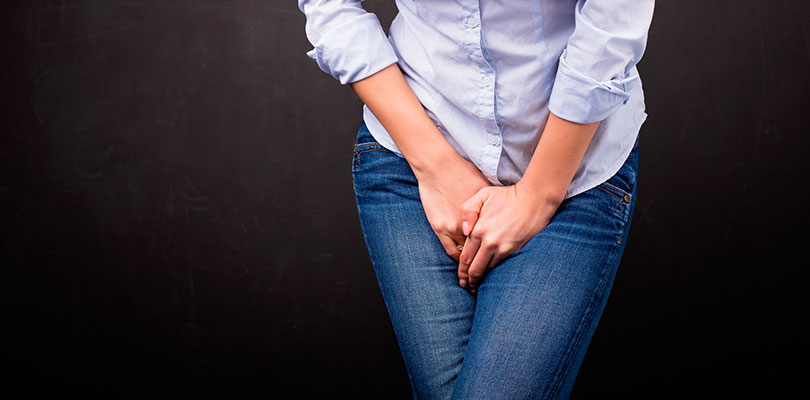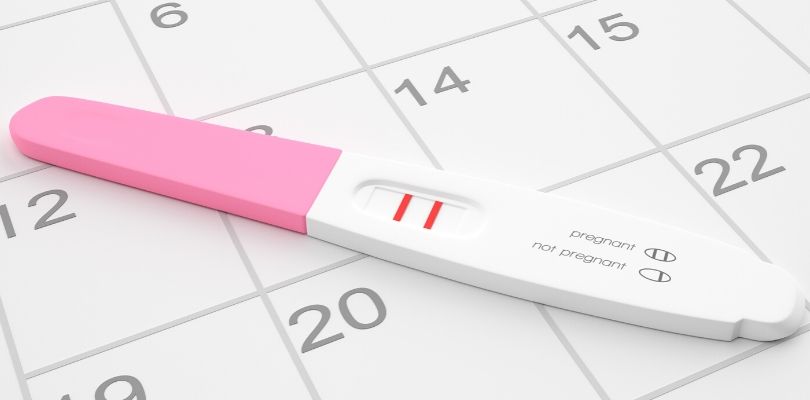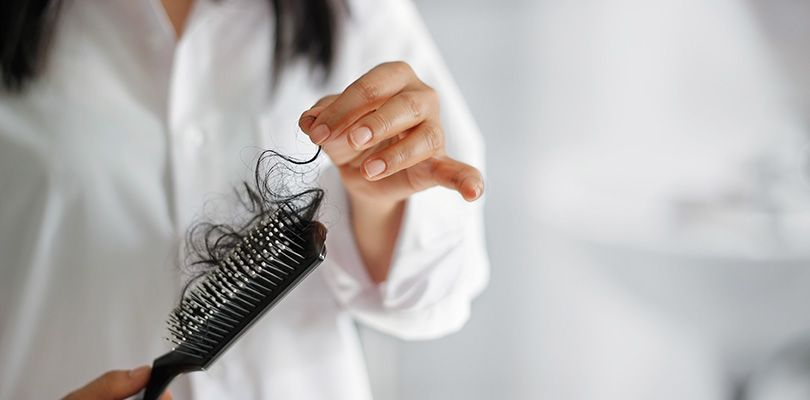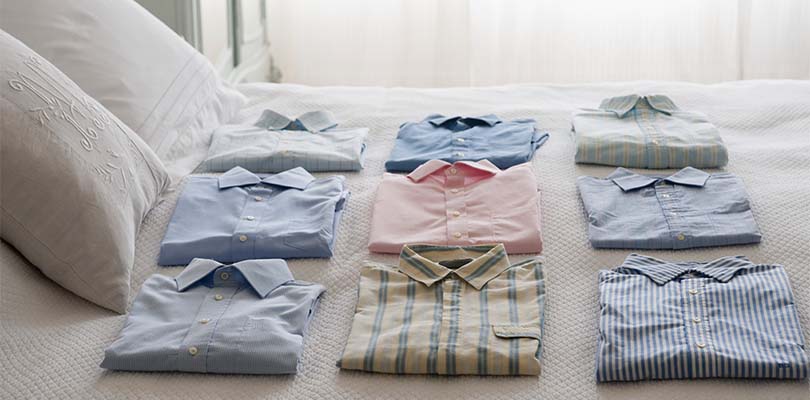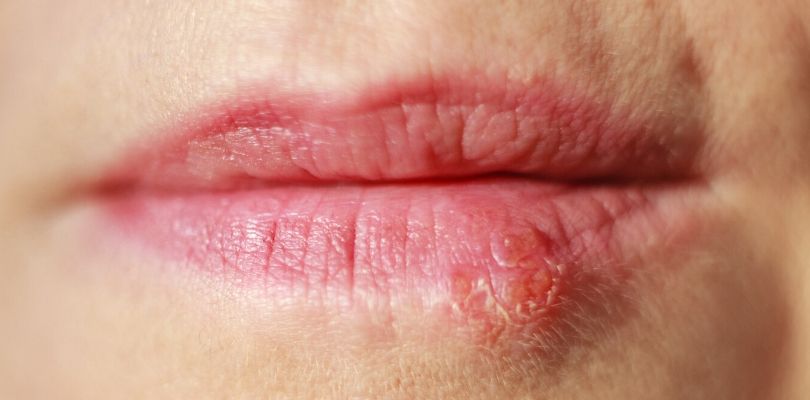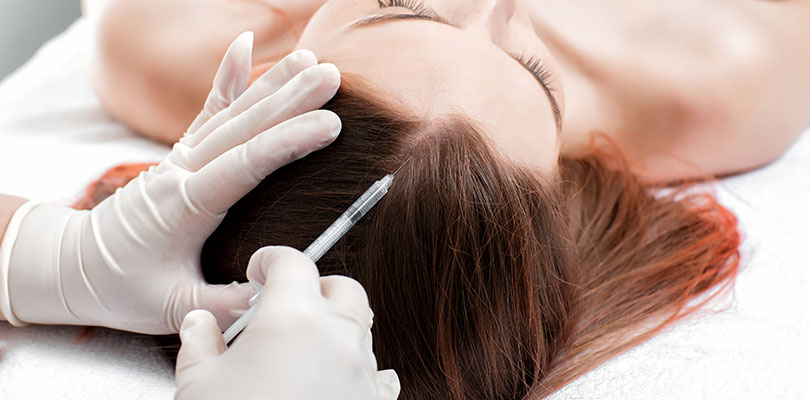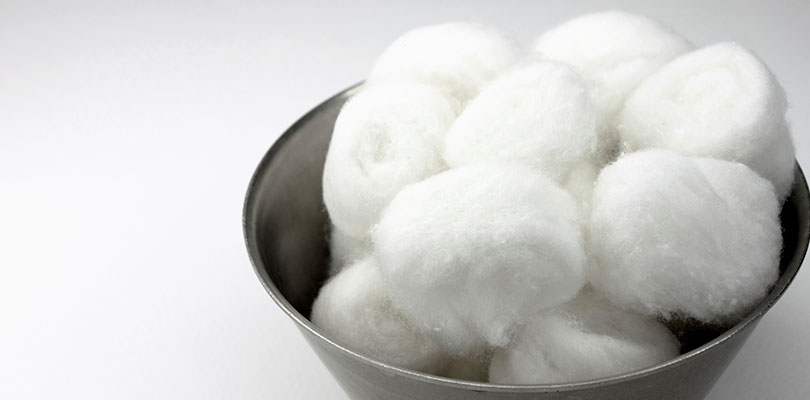
Photo Credit: xenicx / iStockPhoto.com
5 Bizarre Diets to Avoid at All Costs
While many diets are not harmful, they are not all effective or sustainable. Diets generally fall into several categories: there are the low-carbohydrate diets (such as the Atkins diet and Paleo diet), low-fat diets, low-calorie diets (such as the cookie diet and raw food diet) and the balanced diets. The best diets are the balanced diets, designed to help you lose weight and stay healthy whilst providing all the nutrients you need.
While many diets are not ideal or safe long-term, there are some diets that are just outright dangerous. The following ‘diets’ should be avoided at all costs:
1. Cotton Ball Diet
At first, I thought this was a joke, limited to on-screen teen parodies. However, some people have been undertaking this diet for real. It consists of eating cotton balls dipped in juices or smoothies.
The theory is it will make you feel full without gaining weight. Aside from the nutritional deficiency of this diet, the real danger is that cotton balls are not digestible.
They could get stuck in the muscular tube that exits the stomach or in the intestines, which is a medical emergency that requires surgery and could lead to the death of part of the intestines, with serious consequences. Eating cotton balls rather than food could also precipitate a dangerous eating disorder.
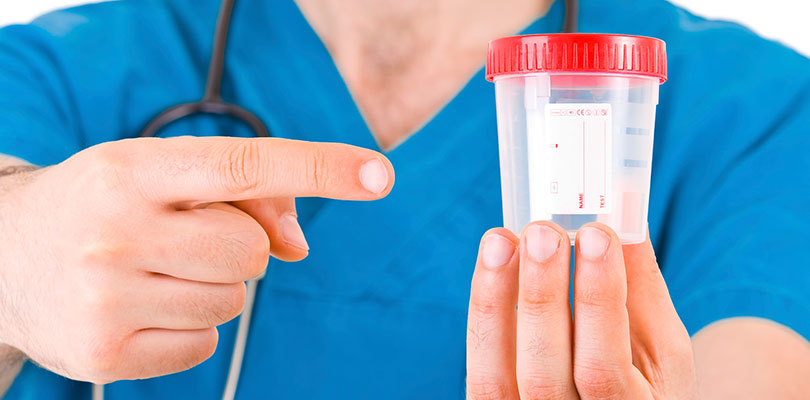
Photo Credit: milla1974 / iStockPhoto.com
2. Urine Therapy
Bear Grylls, adventurer and host of television survival programs, has advocated drinking one’s own urine for survival, in extreme situations when there is no water available and you are dehydrated. Many survival experts disagree with this advice, saying that even in this scenario drinking your own urine will not help with survival and could actually make you worse.
From the diet perspective, people have been drinking urine because they believe it contains medicinal properties. In Mexico, it has been offered as an alternative anti-cancer therapy. There is no scientific evidence that urine has medicinal benefits or anti-cancer properties.
In fact, although urine is mostly water — approximately 95 percent — it contains the body’s waste by-products: creatinine, urea, chloride, sodium, potassium and other waste chemicals, such as the breakdown products of medicines. The body removes these wastes for a reason.
While creatinine and urea are not toxic if ingested in small quantities, they are toxic in large amounts. As the urine contains toxins and excess chemicals that the body has opted to get rid of, it is best not to regularly drink your urine. Some parasites, such as leptosporidia, can also be spread by the urine. You should especially not drink other people’s urine if you wish to avoid catching their diseases.
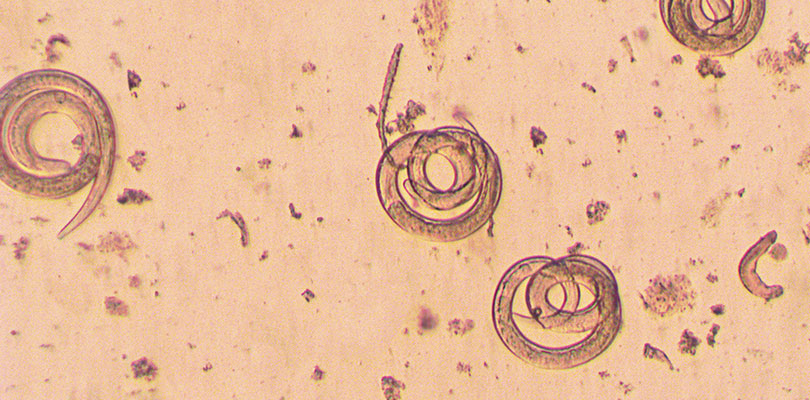
Photo Credit: dotana / iStockPhoto.com
3. Tapeworm Diet
Most people aim to avoid tapeworm infections, which are commonly caught by ingesting raw meat. Once inside the intestines, the tapeworm egg or larva grows into a very large tapeworm, feeding on the food in your gut as it grows and produces eggs that are passed in the feces.
Some tapeworms grow up to 12 – 30 feet long. Tapeworms may cause no symptoms but they can cause abdominal cramps, diarrhea, bloating or loss of appetite. Sometimes, a large tapeworm can cause an intestinal blockage, which is life-threatening.
Some tapeworm larvae also migrate out of the intestines into the rest of the body, where they can cause cysts, inflammation, and damage. They can even migrate into the brain and cause damage there.
While tapeworms may cause weight loss by eating your food, they can also cause vitamin and other nutrient deficiencies. You are also putting your friends and family at risk, who may become infected from you. It is illegal to advertise and sell tapeworm eggs or larvae in the United States for the purpose of dieting and it should remain this way. And if you try to get your tapeworm eggs or larvae from overseas, who knows what type you are getting.
Do you ever wonder, "why does it burn when I pee?" Dysuria is the term for burning or pain when you pee. It’s not uncommon and can stem from a few causes.
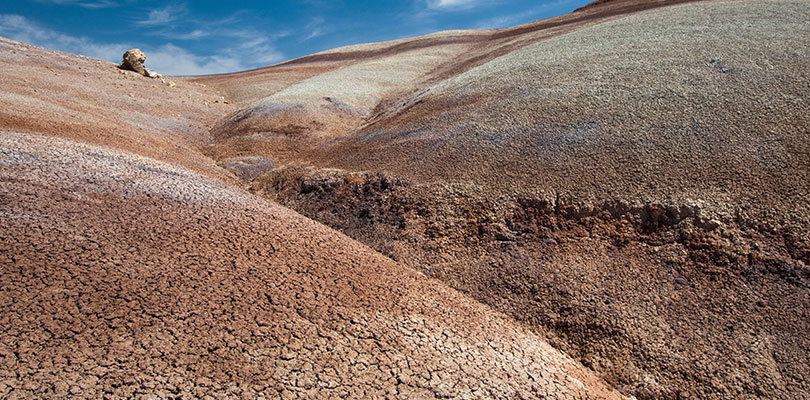
Photo Credit: gelyngfjell / iStockPhoto.com
4. Clay Cleanse Diet
Some people have taken to eating clay to ‘cleanse’ the intestines and lose weight. The theory is that eating clay will keep you full for longer and will bind to and remove harmful toxins and heavy metals from the intestinal tract. The clay that is usually used is bentonite clay from aged volcanic ash and is consumed as a powder or slurry.
While there is no proof that consuming clay helps you lose weight, there are certainly serious risks associated with it. On the milder side, clay binds to nutrients, proteins, and metals. It can slow down digestion, the absorption of nutrients and lead to constipation, nausea, bloating and abdominal pain.
As the clay lines the intestinal tract, it can slow down the absorption of antibiotics and other medications. This is particularly a risk for people on medication, such as heart patients. It can affect drug effectiveness and in some cases make them toxic.
The clay can bind to essential minerals and proteins, like iron, calcium, and vitamins and can precipitate deficiency in these elements. The other real risk is that the clay is not produced in medicinal or food grade facilities. It may contain dangerous contaminants, such as arsenic, lead or cadmium, and could lead to poisoning with these.
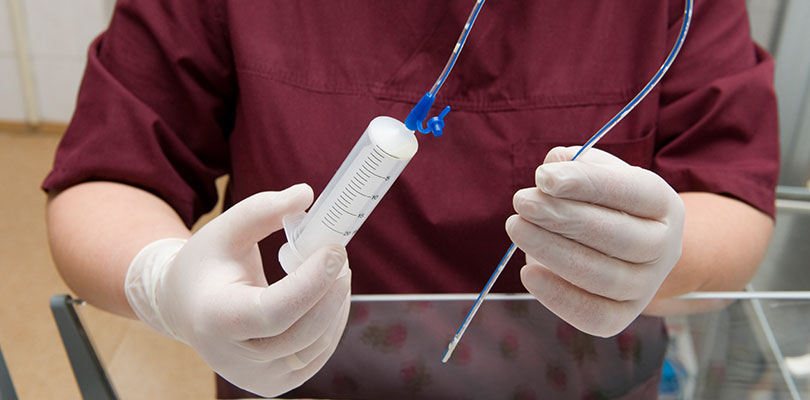
Photo Credit: zilli / iStockPhoto.com
5. Feeding Tube (K-E) Diet
Ketogenic Enteral (K-E) Nutrition was a concept conceived in Europe by an Italian surgeon. An American doctor then brought the diet to the U.S. in 2011. The diet involves inserting a feeding tube through the nose and down the back of the mouth through to the stomach.
The tube is then connected to an electric pump, which delivers K-E diet powder slurry down the tube non-stop throughout the day. The person must carry the pump and fluid with them and can only remove the pump for one hour every day.
The person never feels hungry because the stomach is never empty and there are no carbohydrates. The slurry contains only protein, fats, and micronutrients, mixed with water. Only 800 calories are delivered per day.
The diet works on the idea that moderate calorie restriction causes the breakdown of fats (ketosis) but it is not restricted enough to cause breakdown of muscle.
This diet must be undertaken only under doctor’s supervision. If inserted wrongly, the feeding tube can damage the nasal passages.
The biggest danger is that the tube gets inserted or dislodged down the wrong passageway. As well as causing choking, if food gets into the windpipe it can cause a very dangerous pneumonia.
Also, the K-E slurry is not a balanced diet. Side effects include bad breath, lack of energy, dizziness, and constipation. Many have to take laxatives to counteract constipation caused by the diet. This is not a diet worth trying.
Suffering from a cold thanks to the cold weather? Here are six cold remedies that may help you deal with the unwanted symptoms of a cold.
